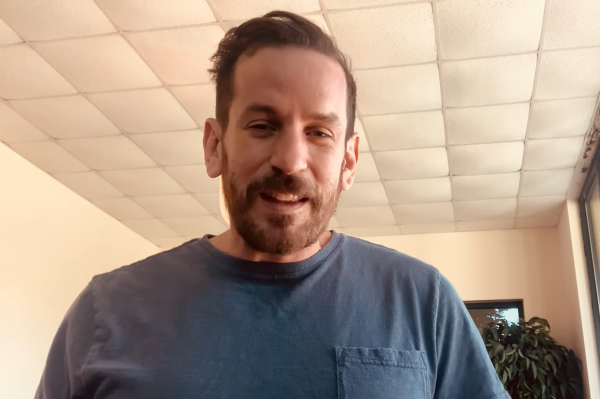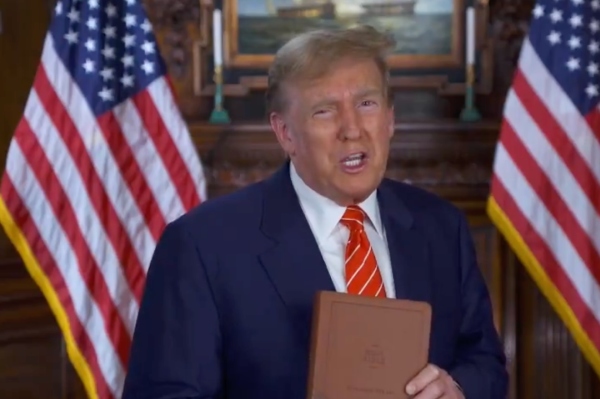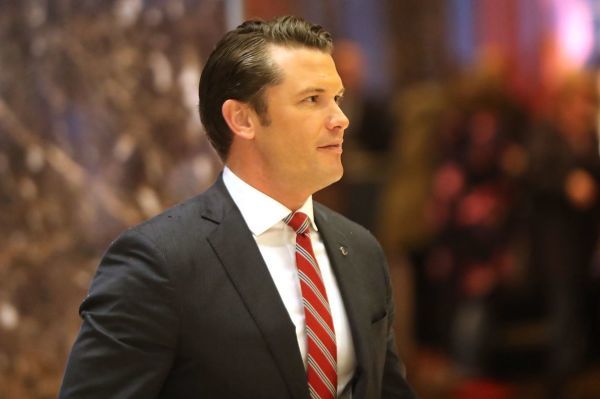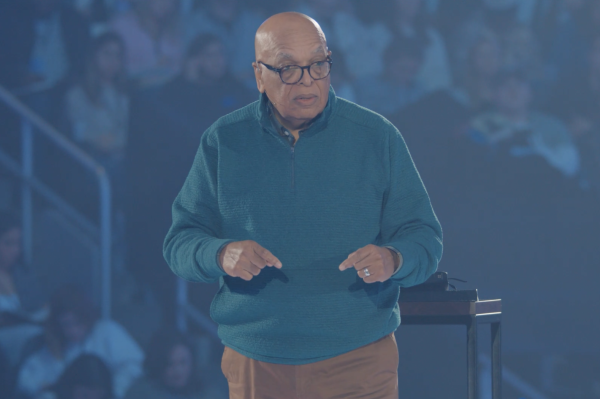Stop the Ukrainian meat grinder?
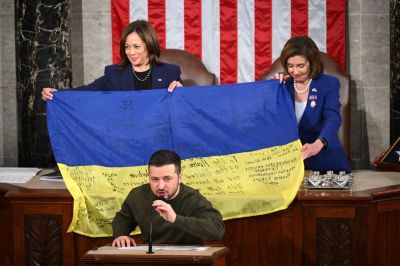
Nearly eleven months ago, in August 2023, The New York Times reported that U.S. officials had estimated that some 500,000 Russians and Ukrainians had been killed, wounded, or missing in the then 18-month Ukrainian War.
Both Russia and Ukraine underreport their losses. Hundreds of thousands of additional casualties have followed in the 28 months of fighting.
In the West, the mere mention of a negotiated settlement is considered a dangerous appeasement of Russia’s flagrant aggression. In Russia, anything short of victory would be seen as synonymous with the collapse of the Putin regime.
Yet as the war nears two and a half years this summer, some facts are no longer much in dispute.
Controversy still arises over the circumstances of the 2014 overthrow of Ukraine’s pro-Russian President Viktor Yanukovych.
Russia charges that the West engineered the “Revolution of Dignity” — an effort to Westernize the former Soviet republic, to expand the borders of Europe right to the doorstep of Russia, and eventually to fully arm Ukraine as a member of NATO.
Westerners counter that most Ukrainians wished to be part of Europe and independent from Russian bullying—and they had a perfect right to ask to join either NATO or the E.U. or both despite anticipated escalating tensions.
After the heroic Ukrainian defeat of the 2022 Russian bid to take Kyiv, there have been few significant territorial gains by either side.
Like the seesaw bloodbath on the Western Front of World War I, neither side has developed the momentum to force the other to negotiate or grant concessions.
As nuclear Russian threats against Europe mount, NATO is seeking to regain deterrence capabilities by boosting defense budgets, incorporating robust front-line nations Sweden and Finland, and uniting over shared concerns about Russian aggression.
Many in the U.S. cheer on the conflict as a necessary proxy war to check Russian aggression and bolster NATO’s resistance.
But unlike third-party wars during the Cold War, now the Western client, Ukraine, is fighting directly against the chief antagonist of European NATO members.
Arming a proxy in a war waged against the homeland of a nuclear adversary is a new and dangerous phenomenon.
The West counts on supplying Ukraine with more and better weapons than a richer, larger, and more populous Russia.
But Ukraine’s problem is not so much weapons as manpower. Nearly a fourth of Ukraine’s population has fled the country.
Ukraine may have suffered some 300,000 causalities. The average age of its soldiers is over 40 years. It already lacks sufficient forces to replay the failed 2023 counteroffensive. The Russian plan of attrition is to wear down and bleed out the Ukrainian people.
In a geostrategic sense, the new alignment of Russia, China, Iran, and North Korea is starting to gain opportunistic support from illiberal Middle East regimes, Turkey, and the Islamic world in general.
The Biden administration’s respective approaches to the Ukraine and Gaza wars continue to be utterly incoherent.
It lectures our strongest ally Israel on the need for a cease-fire, proportionality, a coalition wartime cabinet, and the avoidance of collateral damage. The administration considers the terrorist group Hamas almost a legitimate state.
However, President Joe Biden and the American diplomatic establishment urge Ukraine to keep fighting without negotiations. They urge Kyiv to seek critical disproportionality through superior weaponry, including hitting strategic targets inside Russia.
The U.S. has overlooked the cancellation of Ukrainian political parties and elections by the Zelenskyy administration. America does not seem to care about Ukrainian collateral damage to the borderlands. And it considers the Russian government a near-terrorist state.
No one in the West, at least prior to the Russian February 2022 invasion — neither the prior Obama, Trump, and current Biden administrations or the Ukrainian government itself — had considered it even possible to regain by force Crimea and the Donbas absorbed by the Russian invasion of 2014.
Add up all these realities, and the only practicable way to avoid another near 1 million dead and wounded would be a settlement, however unpopular.
It would entail the formalization of the 2014 Russian absorption of Crimea and Donbas.
Russia would then agree to withdraw all its forces to its pre-2022 borders. Ukraine would be fully armed but without NATO membership.
Both sides would agree to a demilitarized zone on both sides of the Russian-Ukrainian border. Russia would brag that it prevented its former province from joining NATO while finally institutionalizing its prior incorporation of the Donbas and Crimea.
Ukraine would be proud that, like heroic 1940 Finland, it miraculously stopped Russian aggression. It would remain far better armed than at any time in its history and soon enjoy a status similar to that of non-NATO Austria or Switzerland.
The deal would anger all parties. But it would make public what most concede privately — and stop the ongoing destruction of Ukraine and the further slaughter of an entire generation of Ukrainian and Russian youth.
Originally published at The Daily Signal.
Victor Davis Hanson is a classicist and historian at the Hoover Institution at Stanford University, and author of the book The Second World Wars: How the First Global Conflict Was Fought and Won. You can reach him by e-mailing authorvdh@gmail.com.










